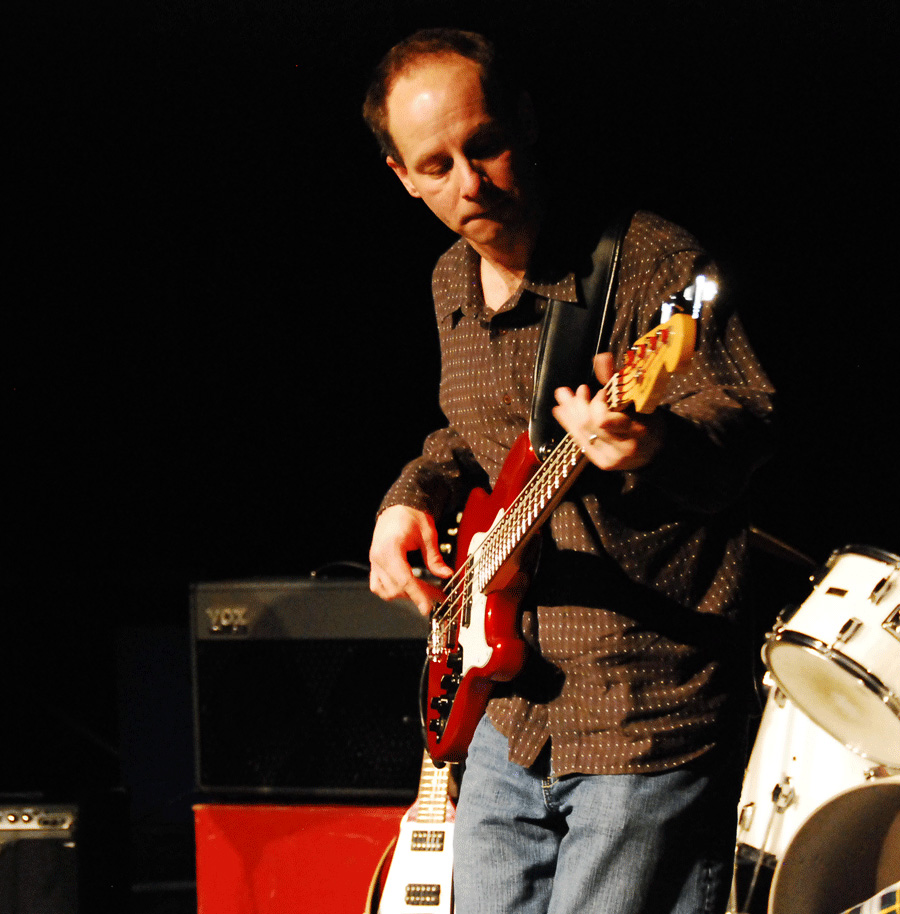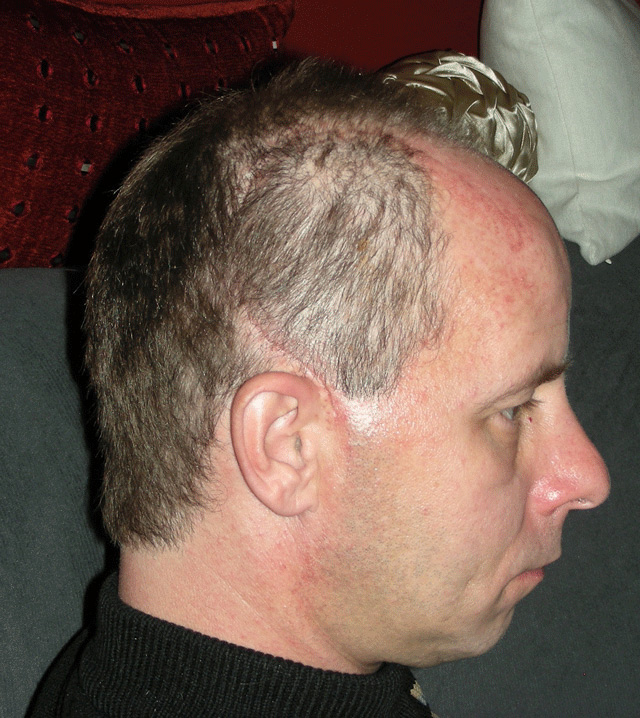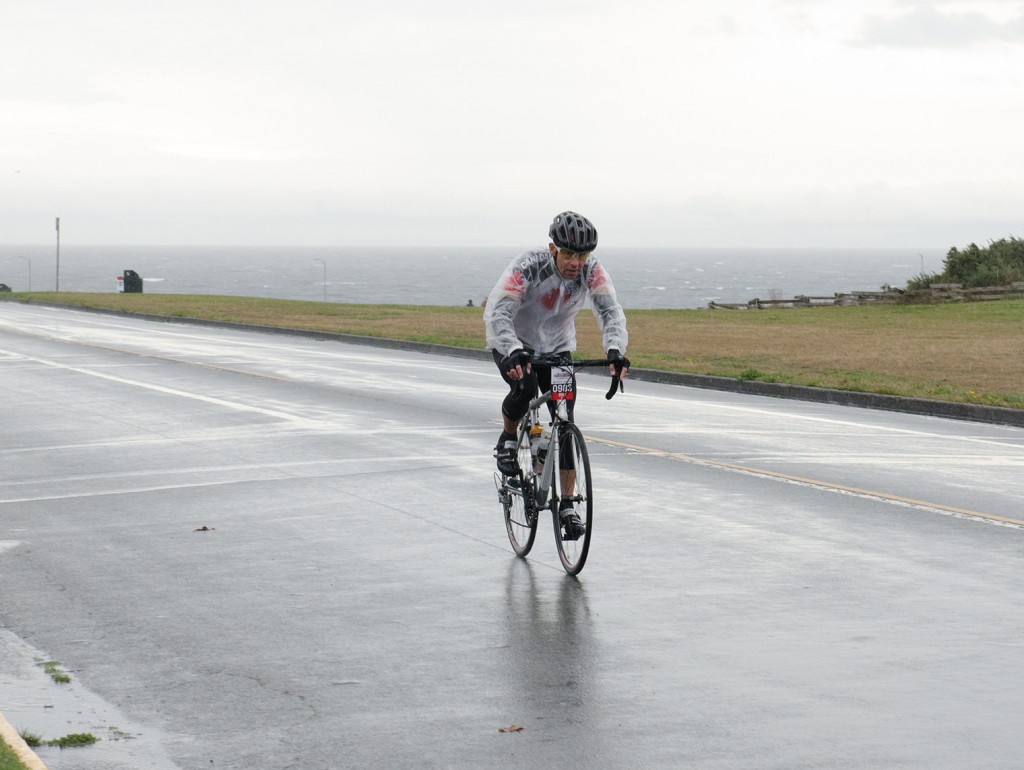Ron Mollinga lives in Port McNeill in British Columbia, Canada, where he works as a teacher. He had his first seizure at age 22 and then continued to have frequent absence and tonic clonic seizures until January of 2012, at which time Ron’s doctors performed a complex surgery on his brain. The procedure is called a bilateral craniotomy because it involves operating on both sides of the brain. Ron has been seizure free since the surgery, and he has generously shared his story with STW about the procedure and about living with epilepsy.
Life is full of many changes and some can affect you forever. Some of these differences can be wonderful whereas others can be much more challenging and bring you in directions you never thought you’d go. If you’re like me, and you suddenly started having epileptic seizures, it was probably quite a shock. At first, you probably kept thinking “Am I going to have another one?” And when the seizures continued, it probably had you asking, “What am I going to do now?”

Adversity
I found it very difficult when I had my first seizure at the age of twenty-two. My mom had seizures, as did my grandfather, my uncle and even one of my cousins. Yet, it still came as a surprise when I had my first seizure. None of my three brothers have ever had them, so why me? Why was it that out of nowhere I suddenly started having absence seizures?
My seizures created many problems. From the time I was fourteen years old, I would eat, sleep and dream about being a great bass player in a famous band. But when I was twenty-two, and my seizures started getting much more serious, I realized that I would have to look elsewhere in order to survive on my own.
As a musician who studied at university for 4 years, my career aspirations instantly changed. After all, how many groups would hire someone who had seizures with very little warning and who would suddenly drop into a trance, staring blankly and moving side to side, clueless of their surroundings? What could I do? I couldn’t drive and I couldn’t play live music. I really couldn’t even be trusted in situations where people’s lives might be at risk, including my own. It was very difficult at the peak of my life to not know what direction to go in.
Support
Like many people with a serious medical condition, family was the most understanding and supportive group in my life. My immediate family was used to dealing with mom’s tonic-clonic (grand-mal) seizures over the years and knew my seizures didn’t make me any different from anyone else. I could still read, write and play music. My family encouraged me to keep going to university in the hope I would find something I could pursue. The small community I was living in at the time gave me the opportunity to substitute teach. This experience in itself hooked me onto be being a teacher – it was fun and I was helping others instead of people always helping me.
One of the nice things about being a classroom teacher is that it generally doesn’t require you to have a driver’s license. The children I’ve taught over the past twenty years never got into a panic when I had seizures. I think this was a good experience for them because they learned about epilepsy and because they got to see that there’s more than one type of seizure. My position has also given me the opportunity to teach my students about the different types of seizures and about how to help those with epilepsy.
I met my wife after I came out of an unsuccessful surgery. When I first met her I thought I was going to be seizure free after neurologists thought they had found and solved the problem. She would encourage me to keep seeing new neurologists in the hope that we’d find one that would be able to help.
Doctors and Treatment
When it was determined I had epilepsy I was put on carbamazepine which seemed to lessen the amount of seizures but not eliminate them – I was taking 1800 mg a day at one point. It’s about the only medication that has ever had any note-worthy effect.
At age 27, having gone through several tests to locate where in my brain my seizures were coming from, I underwent an operation on my left temporal lobe in the hope of stopping my seizures completely. I was awake for about 2 hours during the surgery so that the doctors could make sure my speech wouldn’t be affected – what a surreal experience that was—imagine laying on an operating table with your skull cut open while doctors tinker with your brain!

Within four months or so, I started to have auras again and within a year I was nearly back to square one. I was once again experiencing the same types of seizures as I had before surgery. They were not as frequent as they had been before, but nothing seemed to stop them altogether.
I saw many neurologists between the ages of thirty and forty-five, and it was difficult to find someone who could help to make a significant impact on my condition. Four years ago, however, I was referred to an epilepsy specialist at Vancouver General Hospital who finally gave me hope.
I went through a lengthy process of testing, which included EEGs, MRIs, and even the Wada test to make sure that I was a good candidate. My doctors wanted to make sure there would be an improvement and that things like my speech, fine motor skills and memory would not be negatively affected by the surgery. At one point, I went through a 10-day observation period in which I was continuously monitored, 24 hours/day, by video and by EEG. Before I was released, I was shown what happens to me when my seizures occur – it was very disturbing.
The good news was that even though the neurologists were not able to pin-point the origin of my seizures, they succeeded in finding the general area where they started. In January of 2012 I underwent a bilateral craniotomy. My skull was opened on both left and right temporal areas and electronic sensors were laid directly onto my brain on the areas thought to be the location of my seizures. During this 11-day observation period, specialists were able to find the precise origin point of my seizures.
On January 16th, 2012, I was back in the operating room to have two vascular malformations removed on the right side of my brain. There is still one more of these malformations in the area of my memory but the surgeons didn’t touch that one in the hope that the two they removed would eliminate my seizures.
Now after a year and a half, I haven’t had a single seizure. I haven’t even had an aura. The doctors and clinical health nurses have told me that this operation was a complete success. All they want to do now is lower my levels of medication – this has been an ongoing success too.
Tips, Tricks and Advice
It is very important to take a positive approach when facing serious challenges in life. For me, it has really helped to find activities that require me to focus 100% and that push my attention away from the struggles of epilepsy. For instance, playing my guitar always requires full concentration, and I am able to forget the challenges of epilepsy.
Getting exercise and eating properly is a must. This might sound like a broken record that we’ve all heard time and time and again but it really helped me immensely. One of the smartest things I did was to stop drinking pop.

My family doctor mentioned to me a number of years ago that I was a little bit overweight, and suggested that I begin exercising. I knew that I had to find a sport that I could practice consistently but that would also be fun. For me, there’s almost nothing worse than doing exercise for its own sake. That is how I discovered cycling, and I have become passionate about the sport since then. I know that I still have to be cautious, however. Before my recent surgery, epilepsy sometimes got me into dangerous situations on my bike. There were many times when I wiped out and found myself bleeding and not knowing exactly what happened. I try to work together with the advice of my neurologist and my family in order to stay as safe as I can while I am riding my bike.
Earlier this year, with my wife’s encouragement, I registered for the Tour de Victoria (www.tourdevictoria.com) on September 22nd for the 100 km ride. This was a fantastic experience.
Finally, I believe it’s always best to be thankful for what you have and to be grateful to those people who have made an effort to help you to overcome your challenges. Being thankful can go a long way!
Update: Ron completed the Tour de Victoria on Sunday 9/22, and finished 12th of 300 cyclists! He described the ride as “an absolute blast” but said that the only downside was that the weather was a bit nasty, as you can see from the last of the three photos in Ron’s article above, which was taken during the Tour. For a full write up of the ride, check out this article in the Times Colonist Newspaper. Way to go Ron!

6 Responses
What a powerful read! Thank you for sharing your experiences with epilepsy Ron. It’s always interesting to learn about different kinds of epilepsy, and motivating to know that there are others just like me dealing with epilepsy and trying to make the best life they can living with it.
-Deanna
I’m happy to hear that others, like yourself, are enjoying this reading. I hope it inspires others, who have epilepsy or have family members with it, to know how important it is to never give up!
Ron, You have given me so much hope for my 12 y/o son with reoccurring seizures. Such an awesome story I can share with him. Congrats in your placement in the Tour de Victoria!!!!
For the longest time I thought there was no chance of every getting rid of seizures. However, today my life has changed around 180 degrees. Never give up hope.
Great day on the damp road Ron. I am excited for your opportunity heading toward a seizure free life. So much of the surgery idea frightens me because they found 3 different areas of my brain with seizure activity and don’t know how to kill them all without losing things which they also can’t figure out will happen. I will go back to trying to learn the guitar again but I have always had an issue with the speed of the left hand which always fell behind the right when playing the piano even before the attacks began. Stay seizure free for all of us. SAM.
I have 4 sections of my brain where seizures were thought to be occurring. They only touched 2 of them in this last operation as one of the malformations was located in the area of memory – and there was no touching that area. However, this was enough to get rid of my seizures.
When it comes to getting your left hand moving as fast as your right, this is just practice. Keep at it and things will eventually fall together.
Comments are closed.